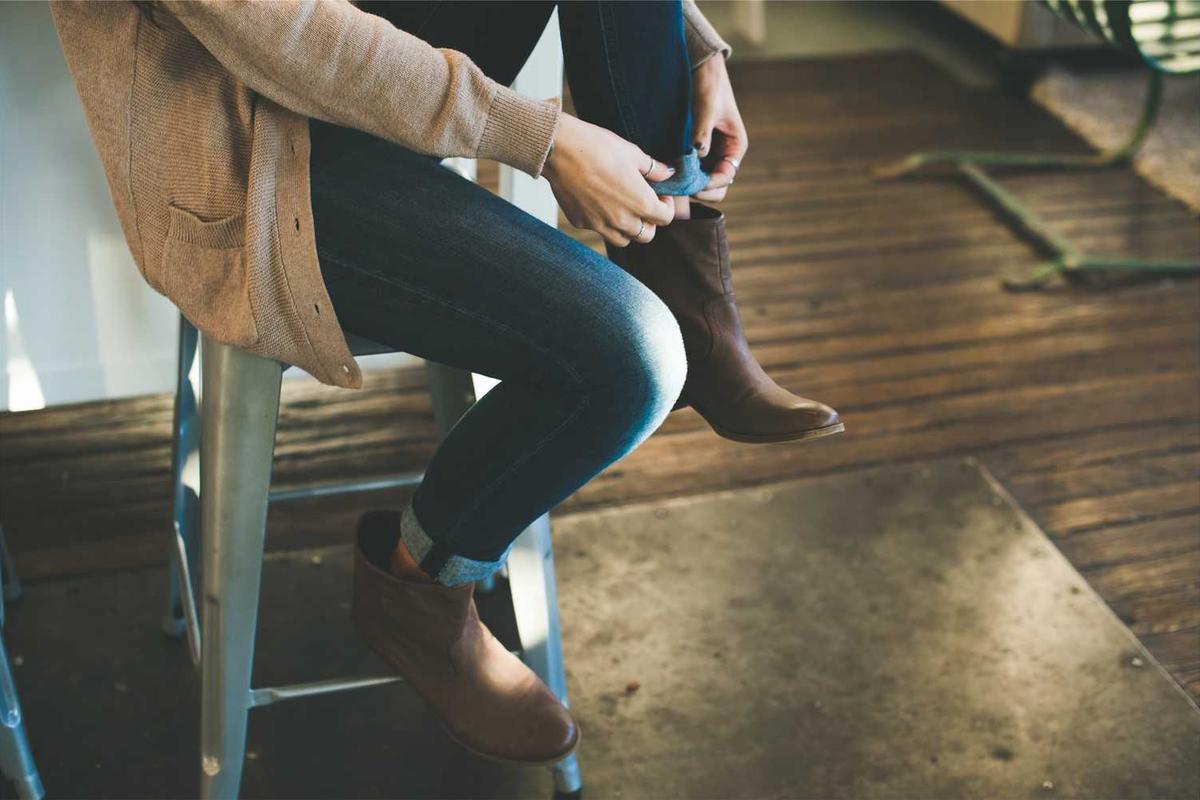The Psychology of Color in Your Wardrobe
Discover how different colors in your wardrobe affect your mood, confidence, and how others perceive you. Learn to build a color palette that truly represents you.

Color is one of the most powerful tools in fashion, yet many people underestimate its psychological impact. The colors you choose to wear don't just affect how others perceive you—they can actually influence your own mood, confidence levels, and even performance throughout the day.
The Science Behind Color Psychology
Research in color psychology has shown that different hues can trigger specific emotional and physiological responses. When you wear red, for instance, you're not just making a fashion statement—you're potentially boosting your confidence and energy levels. Studies have found that wearing red can increase feelings of power and attractiveness.
Key Color Associations in Fashion
- Red: Power, confidence, passion, energy
- Blue: Trust, calm, professional, reliable
- Black: Sophistication, elegance, authority
- White: Purity, cleanliness, minimalism
- Green: Growth, harmony, freshness
- Purple: Creativity, luxury, mystery
Building Your Personal Color Palette
Creating a cohesive color palette for your wardrobe isn't about following trends—it's about understanding what colors make you feel your best and align with your personal and professional goals.
Steps to Discover Your Colors
- Assess your skin tone: Determine whether you have warm, cool, or neutral undertones
- Consider your lifestyle: What impression do you want to make in different settings?
- Test emotional responses: Pay attention to how different colors make you feel
- Start with neutrals: Build a foundation with colors that work well together
- Add strategic pops of color: Introduce accent colors that serve specific purposes
Color Strategies for Different Occasions
Understanding when and how to use color strategically can be a game-changer for your personal and professional life.
Professional Settings
In business environments, colors like navy blue, charcoal gray, and deep burgundy convey competence and trustworthiness. These colors help you appear authoritative without being intimidating.
Social Situations
For social gatherings, don't be afraid to experiment with brighter colors. Coral, emerald green, and royal purple can make you appear more approachable and confident in social settings.
Creative Environments
When you need to tap into your creative side, colors like orange, yellow, and various shades of purple can stimulate innovative thinking and artistic expression.
The GRWM Approach to Color
Our AI-powered styling recommendations take color psychology into account, helping you choose outfits that not only look great but also support your emotional and professional goals for the day. By understanding the psychology behind your color choices, you can use your wardrobe as a tool for personal empowerment.
Remember, the most important aspect of any color choice is how it makes you feel. While color psychology provides valuable insights, your personal response to different hues should always be the deciding factor in building your perfect wardrobe palette.


